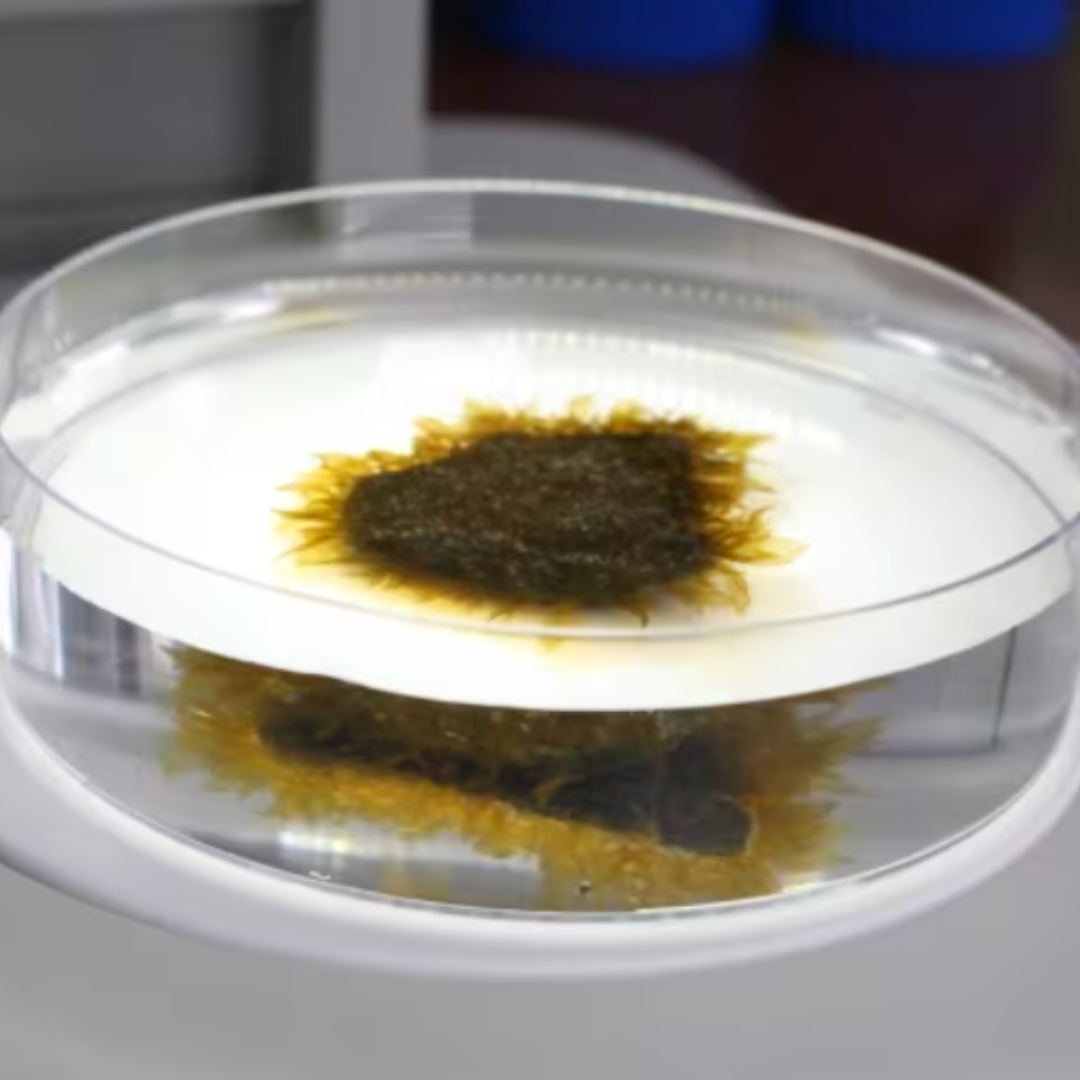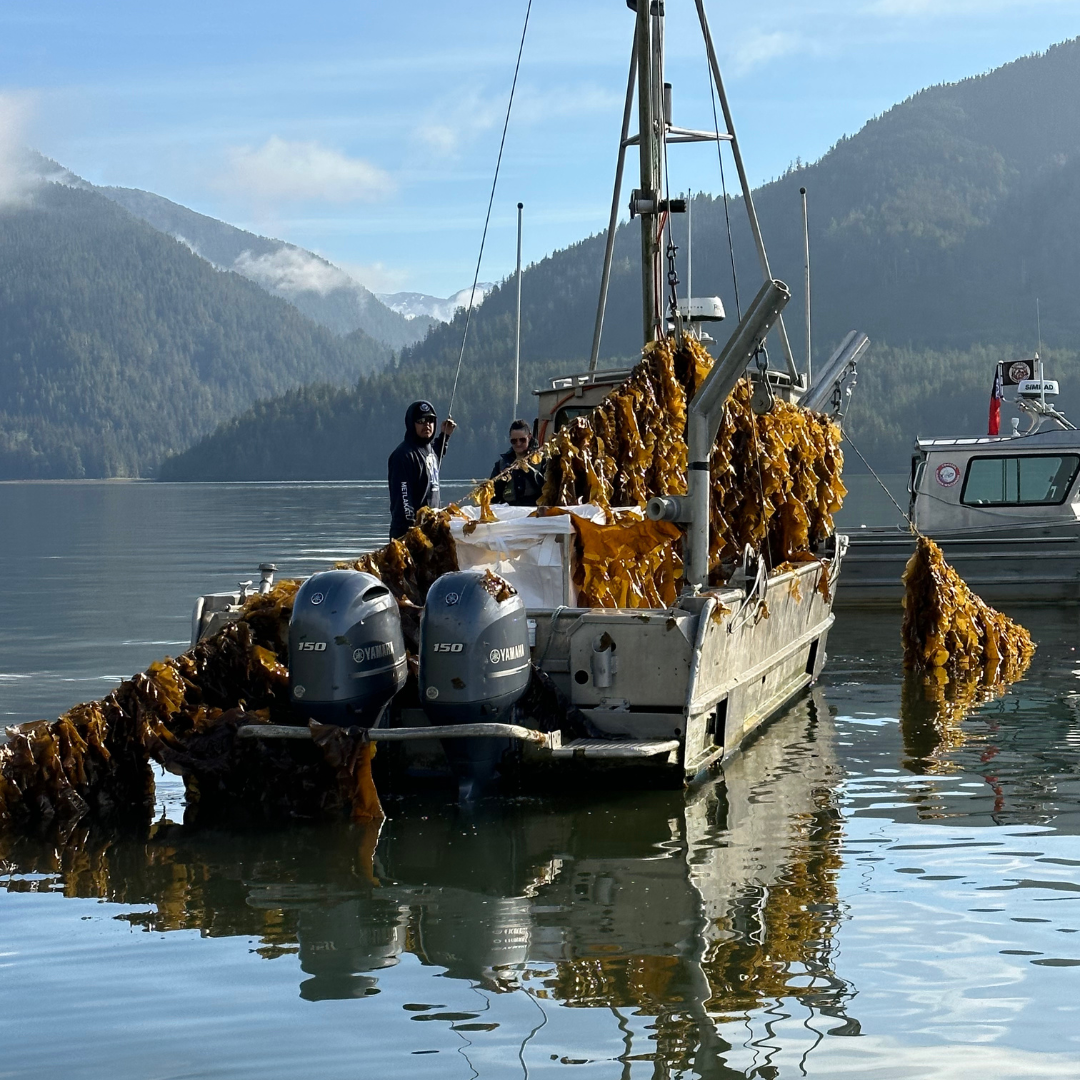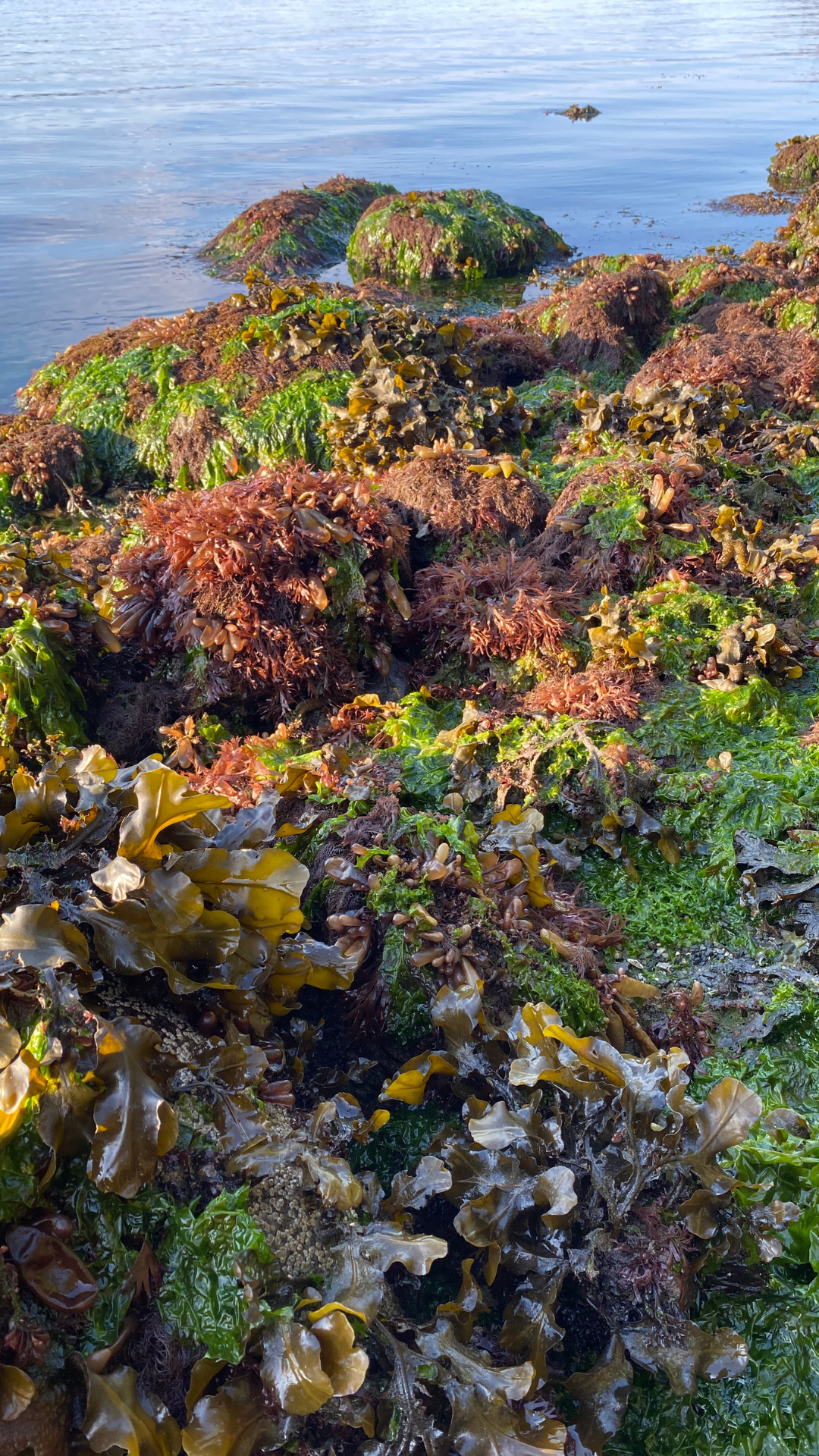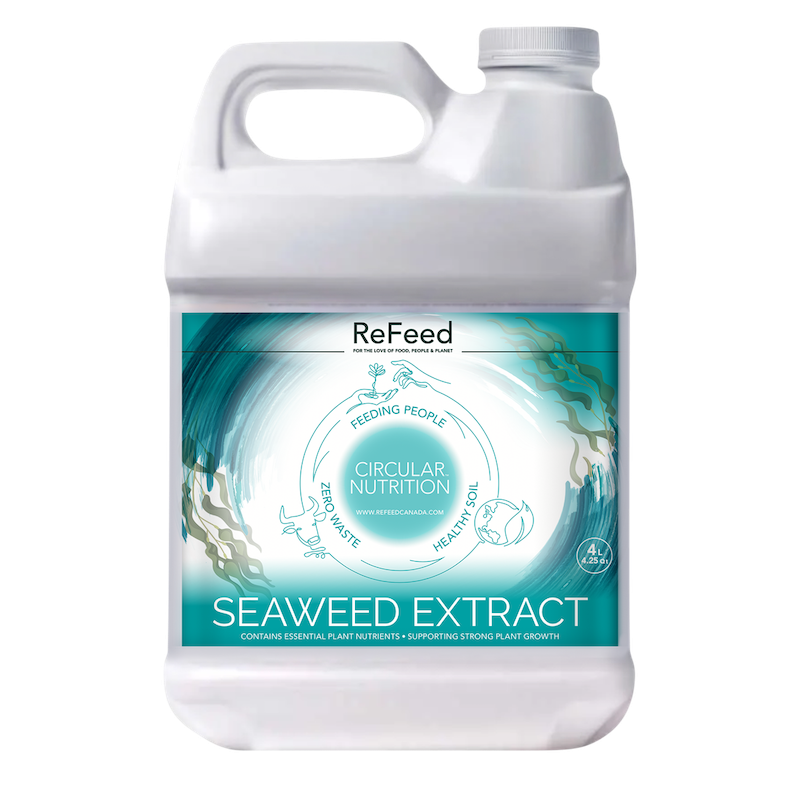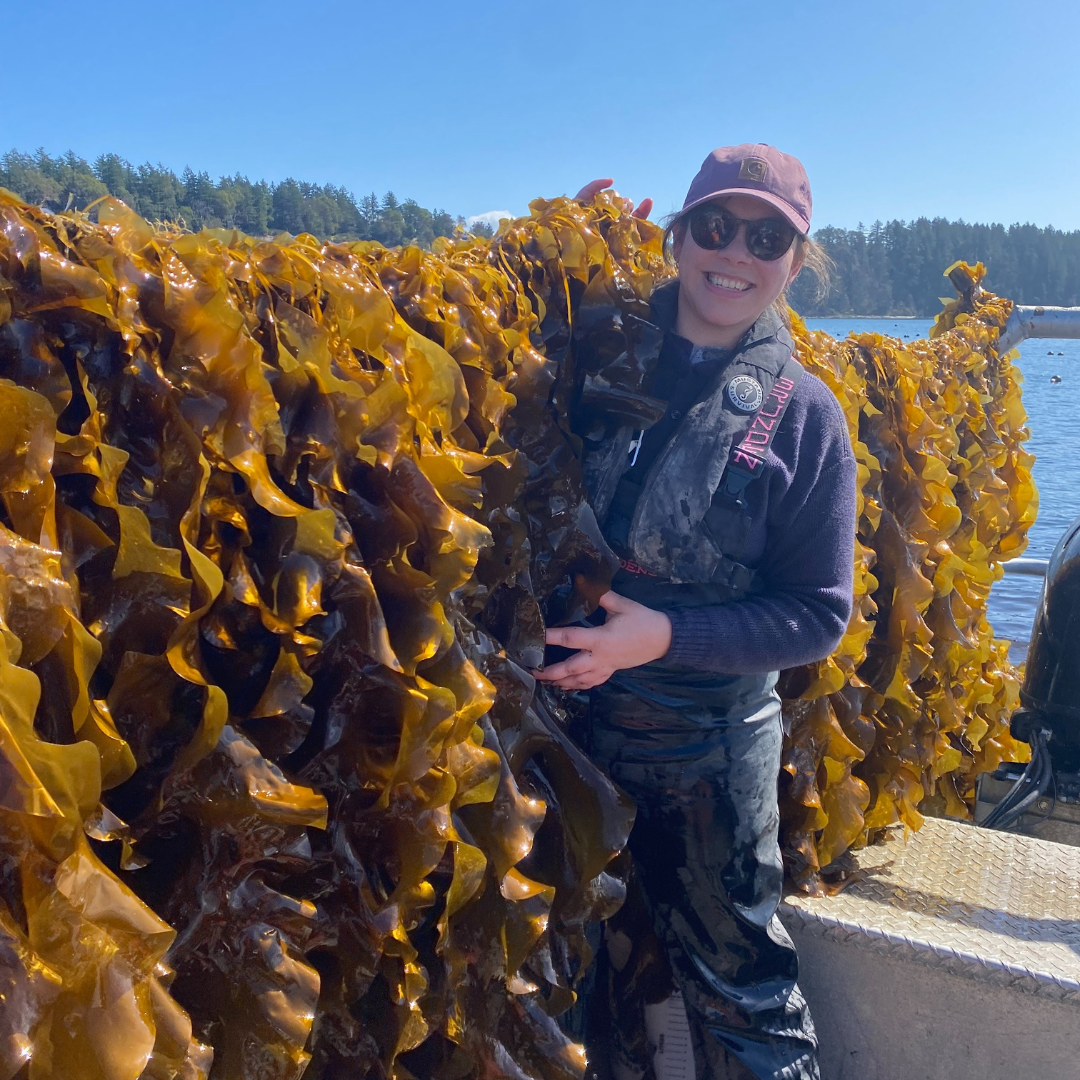At Cascadia Seaweed, we cultivate local species of seaweed and manufacture products for crop and cattle farmers.
The connection between hope and seaweed as a climate change mitigator is embedded with innovation opportunities...
https://issuu.com/journaloceantechnology/docs/e-jot_vol17n1_interactive_book_lr_flipbook
The Journal of Ocean Technology, Vol. 17, No. 1, 2022

Seaweeds are naturally occurring marine algae that have been pursued globally for millennia. Scholars refer to the “Kelp Highway” as delivering food, medicines, and materials supporting human migration along the coast of the Northeast Pacific. In the early 20th century in Asia, the global demand for processed and stabilized food and ingredients inspired industrial-scale production of seaweed for carrageenan and alginates. Today, the seaweed sector is now a very important part of the aquaculture triangle in the western world, providing natural solutions to the climate crisis in the areas of food security, ocean health, and carbon mitigation strategies.
The Business of Seaweed Cultivation
Seaweed farming is analogous to land farming, with “seed” being sown in “rows” of rope lines suspended between buoys in the ocean. Perhaps one difference is that once seaweed seed has been planted, there is nothing the farmer can do to stimulate growth. Success relies on the natural environment to deliver the sunlight and ocean nutrients required. Financial success is a function of unit economics (internal value stream drivers) and market forces (demand influencing pricing). The value stream can be broken down into basic components: producing seed, planting, harvesting, and transporting the crop to processing facilities.
The Value of Seaweed
The price paid for seaweed, like most other raw materials, is a function of the market into which it is sold and typically obeys the laws of supply and demand. It can range from a low value as fertilizer, through value as dried sodium alginate ($0.35 per kilo and high volumes), up to the body products industry ($25 per dry kilo but low volumes). As a human food product, a western co-packer might pay $2 per dry kilo enroute to a 40% retail gross margin. The going rate for North American fresh-frozen seaweed is about $2.50 per kilo. Seaweed, however, unlike most other raw materials, has a value beyond the unit price. As seaweed grows it offers a bounty of ecosystem services: capturing carbon and nitrogen, producing oxygen, alleviating ocean acidification, and offering habitat to a multitude of species. Seaweed forests can act as a buffer to erosional effects of nearshore waves. If a dollar value of these ecosystem services could be agreed upon, cultivating seaweed for these services alone may be justified. In the realm of ecosystem services valuation, carbon capture and sequestration is the most mature. With guidance from international scientific bodies such as the Intergovernmental Panel on Climate Change, commodity pricing targets for carbon as a proxy for the negative economic impact of greenhouse gases (GHGs) are set. It is with the backdrop of carbon pricing and an understanding of the unit economics in seaweed cultivation that the value proposition arises as a means to capture and dispose of carbon. One caveat is that for ocean-based carbon removal via seaweed cultivation to have the biggest impact, the seaweed must be permanently sequestered at great depth (> 1,000m). Today the economics of growing seaweed in North America only for the purposes of carbon sequestration are challenging where production costs exceed credits generated. However, with increased scale of production, reducing sequestration costs, and innovation in biotech to improve yield, the future value proposition may exist.
Seaweed Cultivation and Climate Change
Seaweed aquaculture perhaps has greater value in the fight against climate change than ocean carbon disposal. Unless and until the impact of GHGs are reduced, climate change will reduce our ability to grow food on land. The ocean covers about 70% of our planet yet yields only 2% of food. The World Bank Group estimates that by 2050 10% of the world’s food supply could come from cultivated seaweed. Science has also shown that, when some species of seaweed are used as a cattle feed supplement, more than 90% of enteric methane can be avoided. Furthermore, it has also been shown that seaweed improves feed conversion efficiency by more than 15% offering less reliance on terrestrial grown feed.
The connection between hope and seaweed as a climate change mitigator is embedded with innovation opportunities, most importantly the need to drive costs down. The U.S. National Academies of Sciences, Engineering, and Medicine recently recommended that $235 million should be invested in seaweed farming as an ocean-based form of carbon disposal. The government of South Australia recently invested $200 million in the creation of a marine bio-industries sector, some of which supports seaweed agrifeed. And the European community has been enjoying at least a decade of investment in seaweed. With the largest coastline in the world, it is time for Canada to show leadership through investment and innovation in ocean technology to take advantage of our three coasts which offer unprecedented access to natural solutions to climate change.

C - 9774 Third Street Sidney British Columbia V8L 3A4
Email: info@cascadiaseaweed.com
Phone: 1-778-351-4484

9774 - C Third Street Sidney British Columbia V8L 3A4
Email: info@cascadiaseaweed.com
Phone: 1-778-351-4484

